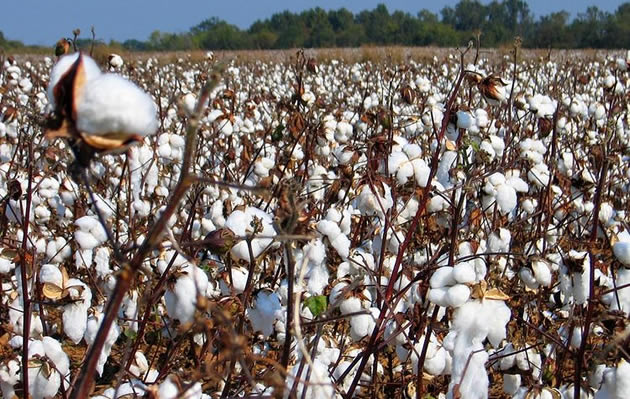Number of cotton ginning firms declines


Companies that gin cotton in Zimbabwe have dropped to only eight from a peak of 30 in 2008 due to under-utilisation following a decrease in production of the crop, an official said yesterday. Ginning is the process of separating the seeds, seed hulls and other small objects from the fibres of cotton. Cotton Ginners Association of Zimbabwe executive director Godfrey Buka told New Ziana that the decrease in ginning companies had negatively affected cotton production in the past two cropping seasons.
“Over the years, the number of ginning companies has dropped from a peak of 30 in 2008 to 16 in 2012 /13 and currently to only eight,” he said. “The other eight have gone out of the cotton business including Cargill Zimbabwe which was the second largest company in the industry. “Three other companies have gone under judicial management,” he added. Mr Buka said the remaining companies still buying cotton were facing serious viability challenges.
The eight companies still operating are: Alliance Ginneries, Cottco, China Africa Cotton, ETG Parrogate, Grafax Cotton, Olam Zimbabwe, Sinotex and Sinozim. The largest crop of cotton ever produced Zimbabwe was 353 000 tonnes in 2000 while in the past two seasons, production has declined to 145 000 tonnes and 136 000 tonnes respectively. “The decline in crop production has meant under-utilisation of ginning capacity as the established ginneries have capacity far in excess of five times current production.
“This all translates into reduced employment opportunities,” said Mr Buka. He said the major cause of the sad developments was disorderly marketing of cotton where many farmers were engaging in side marketing. “Side marketing has been the biggest threat to viability of the cotton industry and will likely kill the industry if it remains unchecked. “Ginners have a real challenge with poor loan recovery and therefore tend to either reduce investment or are forced to go out of cotton business depending on severity of the situation,” said Mr Buka.
So far about 88 000 tons of seed cotton have been bought from farmers out of an expected crop of about 95 000 tons. Last year the country produced 136 000 tons of cotton as farmers are moving to other cash crops which fetch better prices compared to the paltry 30 cents per kilogramme being paid for the crop. – New Ziana.










Comments